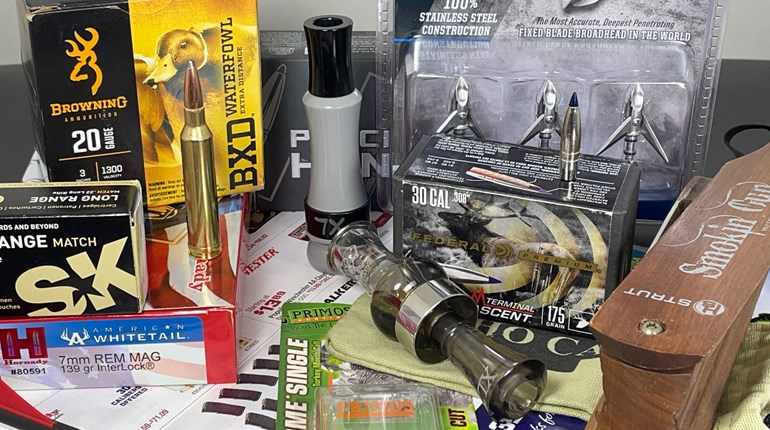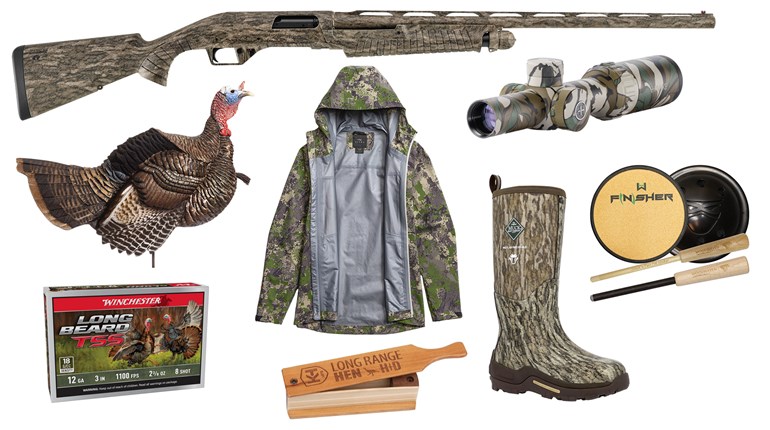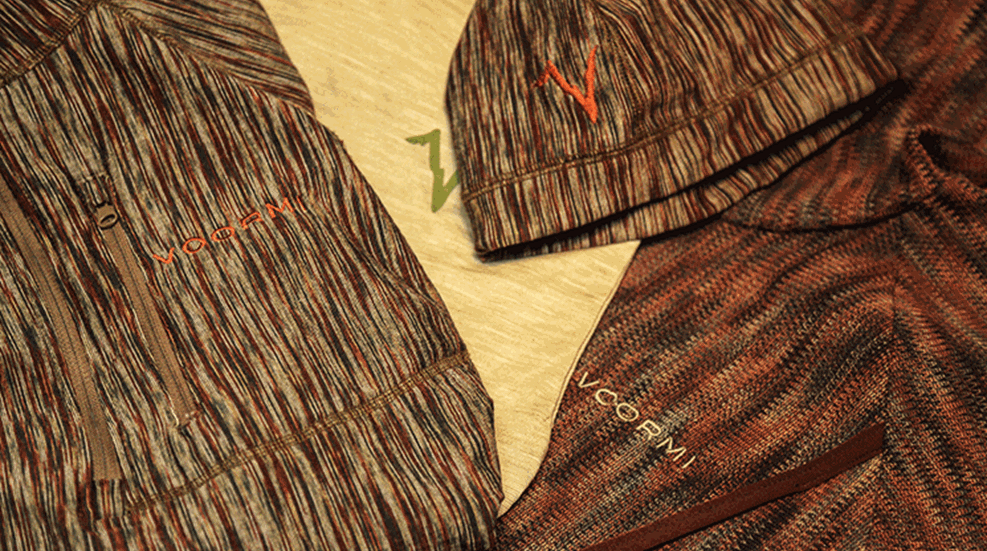
I have to admit that I’m a sucker for wool. I think it’s the nostalgist in me that has filled my closets with wool coats, hats, pants, socks—and yes, even underwear. Back when I began hunting in the early 1970s, that wool was always the type we called “ragg wool” and it wasn’t particularly comfortable to wear. Ragg wool is thick, coarse and itchy. But—and this is important—it stayed warm even when it got wet. That’s what wool does best—insulate.
Because of that itch, however, wool fell out of favor for many hunters as newer synthetics were developed. The chief competitor to wool was polyester fleece. The man-made spun fabric nearly killed off wool completely, that is, until merino wool arrived on the hunting scene.
Due to the diameter of its wool fibers being much smaller than a human hair, merino wool has taken much of the itch out of wool. It’s soft, durable, quiet, light and insulates from heat and cold, making it an attractive choice for both outer and innerwear. Now, a company located in southern Colorado has raised the bar substantially by combining everything we love about merino wool with everything they know about technical fabrics: Voormi.
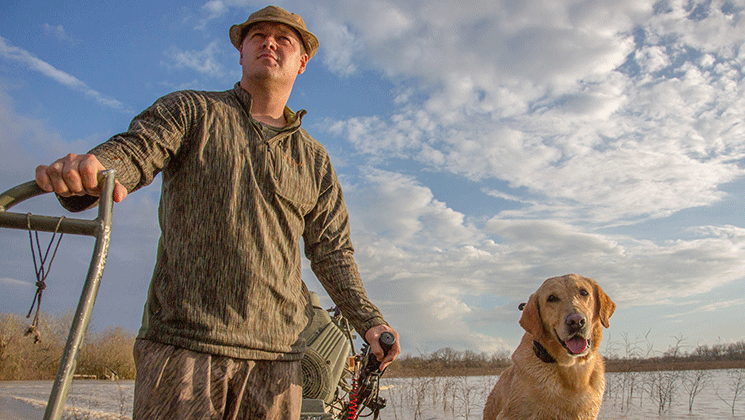
From their humble beginnings back in 2014, Voormi has quickly proven that they know a thing or two about the kind of clothing hunters and other outdoor enthusiasts demand. They come by that knowledge honestly, too. Voormi founder and CEO, Dan “Butch” English, is a lifelong hunter who left the tech world to start Voormi in Pagosa Springs, Colo.
Voormi has turned the concept of natural-fiber technical garments into an art form, blending 21.5 micron merino wool—sourced exclusively from sheep high in the Rocky Mountains—with new techniques for creating water-resistant, comfortable, flexible clothing. Voormi does use synthetic fibers in their products, but through a proprietary weaving process they call “precision blending,” they put those synthetics where they can do the most good, adding stretch and softness right where it’s needed. And according to English, “de-barbing the wool fibers gives it that soft ‘hand’ that everyone likes.”
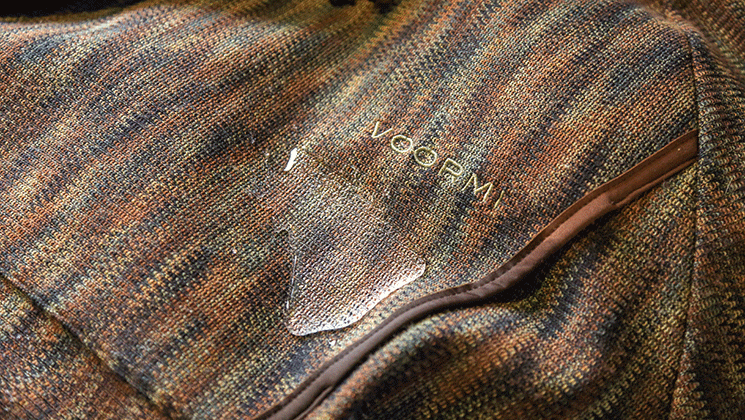
To make their wool products water-resistant (they won’t call it waterproof, but it comes pretty close) the company has developed another proprietary process called “Core Construction,” in which a breathable membrane is woven into the fabric itself, rather than laminated to the textile as most manufacturers do. Of course, weaving creates tiny holes in the water-resistant membrane.
Punching thousands of tiny holes in the fabric doesn’t sound very water-resistant, but English explained that Voormi’s success hinges on a process they have developed in-house to seal all those little holes after the fabric has been woven. According to the company, this sealing process in their Core Construction wool creates a soft, supple, single-layer ‘sweater-like’ fabric with extreme breathability and weather-resistance.
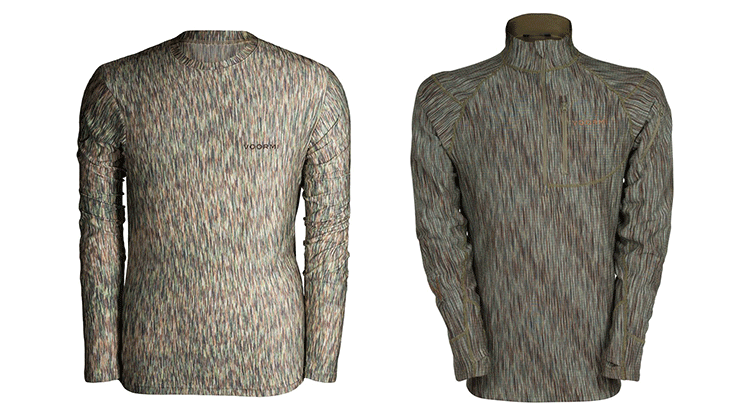
I admit, it all sounded a bit like voodoo to me, but I’ve had the opportunity to use several different Voormi garments in the field for a few months now, and the hype isn’t hype at all. I have worn everything from their Tech Tee shirt and Blowdown Pullover to their Phase-SC Hoodie, and I can confirm that the fabrics Voormi produces are light, flexible and breathable—and because wool naturally inhibits bacterial growth, they don’t stink after a sweaty day huffing through the backwoods.
Most impressive to me is the weather-proofing built into their Core Construction outwear. Water beads up on the surface of the fabric nicely, and really only penetrates the membrane under pressure. That’s not to say you can use it as rain gear, but I sure don’t mind wearing it in marginally wet weather.
As for the camouflage itself, Voormi’s camo doesn’t look like other types of camo, but because wool is naturally non-reflective, light doesn’t bounce off the fabric, making it a good choice for hunters to begin with. The company says that their wool-based solution is uniquely colored down to the yarn level, and constructed to change the game in low-light concealment. With Voormi’s various weaving patterns and color combos, the camo they offer fits into most hunting situations.
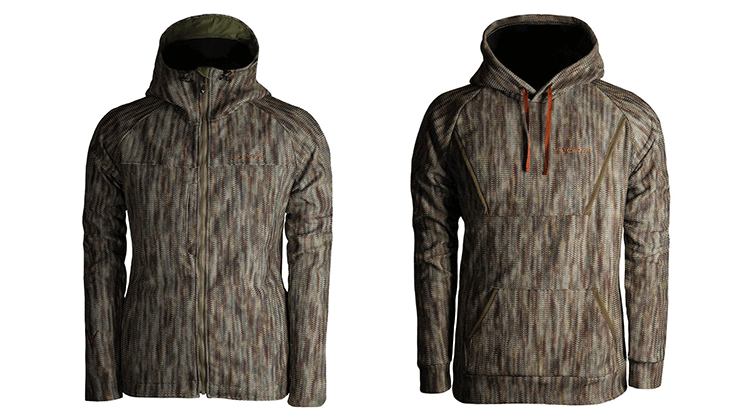
Naturally, all that technology comes at a price. Inexpensive and Voormi are words you aren’t likely to find together. The Phase-SC Hoodie I mentioned earlier retails for $229, the Blowdown Pullover is $199, and even the t-shirt was $70. Significantly, however, all Voormi products are 100 percent American-made; from the sheep living high in the Rockies to textile factories on the coasts. That’s a real plus in my book, and it helps offset the premium prices.
The other attribute that surprised me is that you can machine wash and tumble dry Voormi wools. I can tell you it’s a daunting experience throwing a $200-plus wool sweatshirt into a dryer for the first time, but it’s true; when I used low heat, there were no detectable ill-effects like shrinkage. Don’t use fabric softeners and treat Voormi wool like any fine fabric and everything will be ok—or so I’m told by Voormi Marketing Associate Meghan English. I’m still going to cross my fingers and hold my breath every time I machine dry the products, and I’m going to avoid it whenever possible.
Are they worth the price? Currently, I have little bad to say about the clothing, but I’m also still experimenting with them. So far, they are comfortable, light, breathable and warm. They wick moisture well, don’t hold odors, stretch like good athletic-wear should and the camo functions as advertised. If I could change anything, it would be the size of the hood on the Phase-SC Hoodie—it’s huge. I know some people like big, loose hoods, but I prefer a more fitted one. The piping on the hoodie’s handwarmer pockets also absorbs water and stays wet. But that’s nothing more than “knit-picking,” if you’ll pardon the pun.
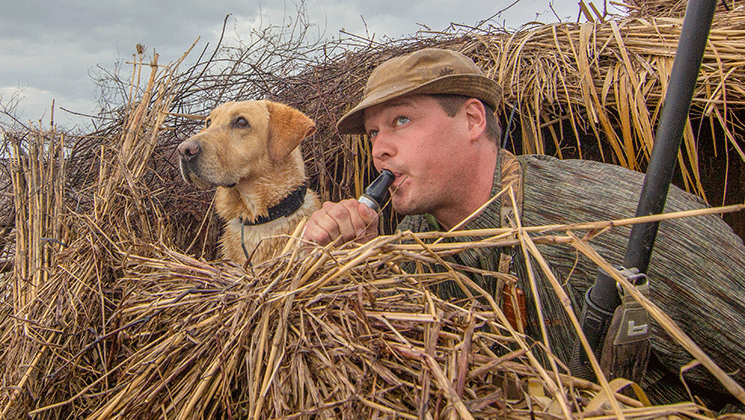
I would also like to see them come out with more camo patterns, including a winter white for those of us who hunt in the snow a lot, and an expansion of the blaze-orange offerings. The version of blaze-orange I saw was lackluster, but Butch English assured me that it met the hunter orange requirements in all states. Nevertheless, they are refining the blaze product for this coming fall’s hunting season. In fact, English says, “our new hi-vis just won a ‘Best of What’s New’ award from Popular Science magazine.”
I guess that’s the sign of a good company; never quit improving the product and listen to your customers. Overall, I think they’re doing it right and I hope I can satisfy my nostalgia-complex with Voormi’s wool hunting apparel far into the future.













